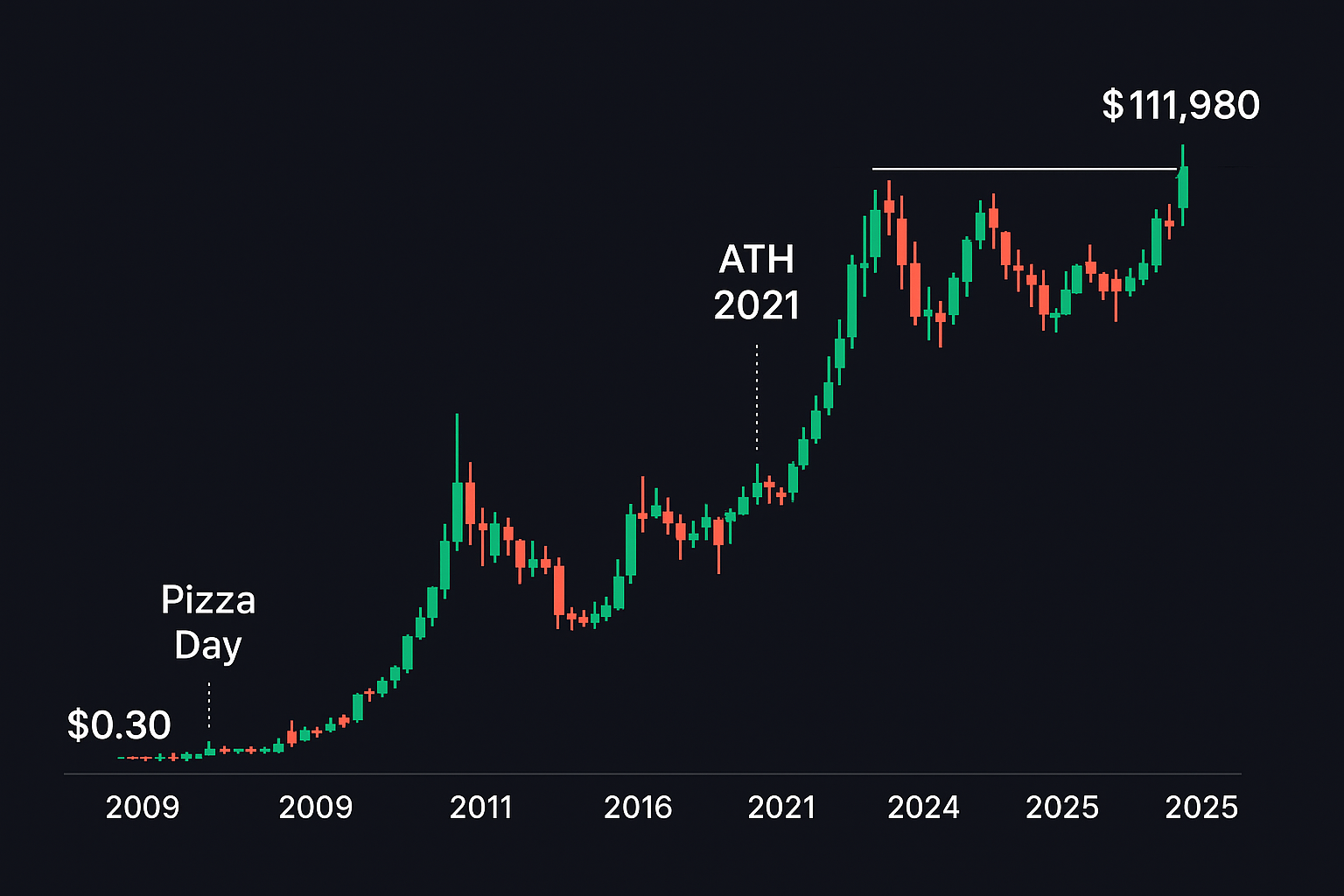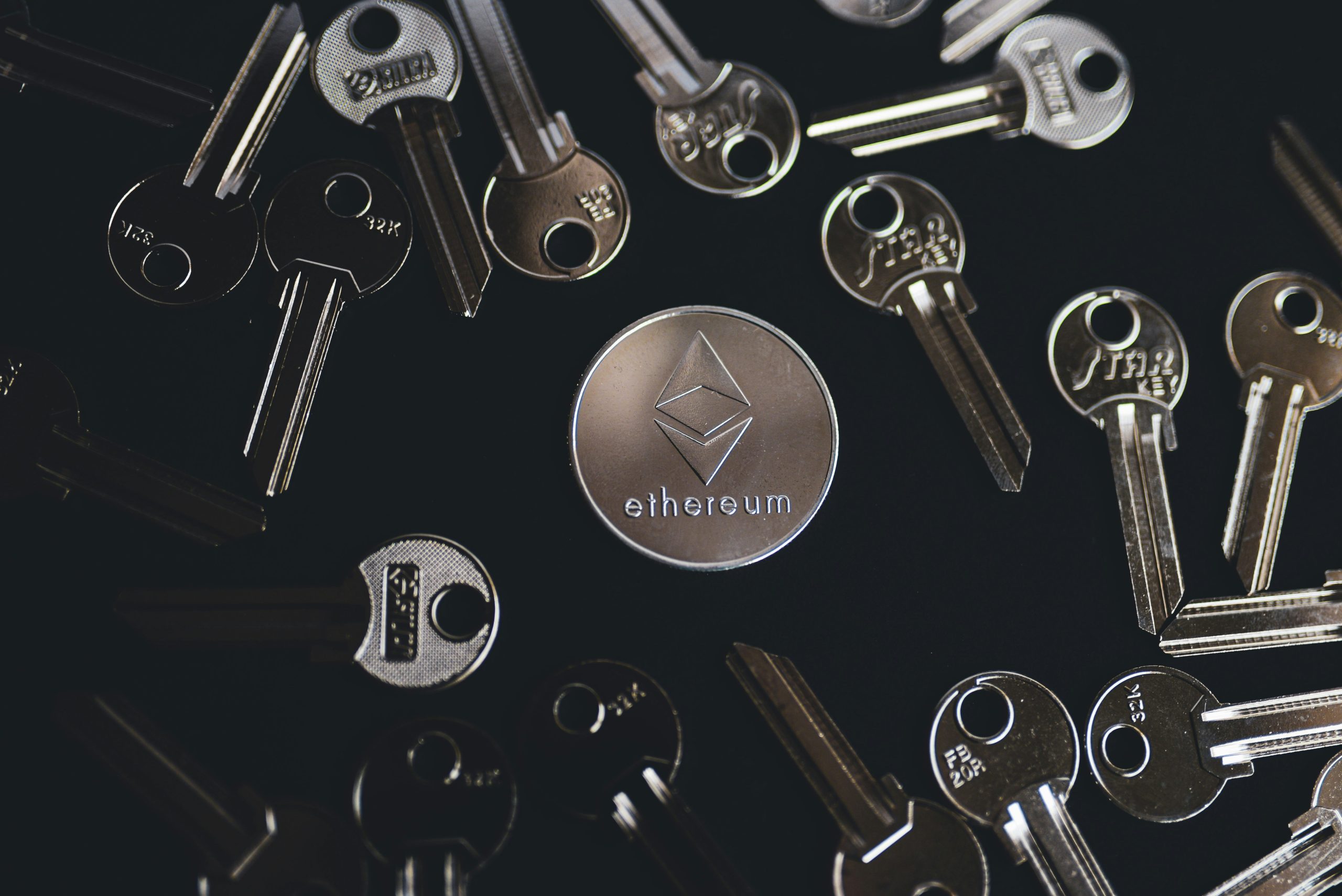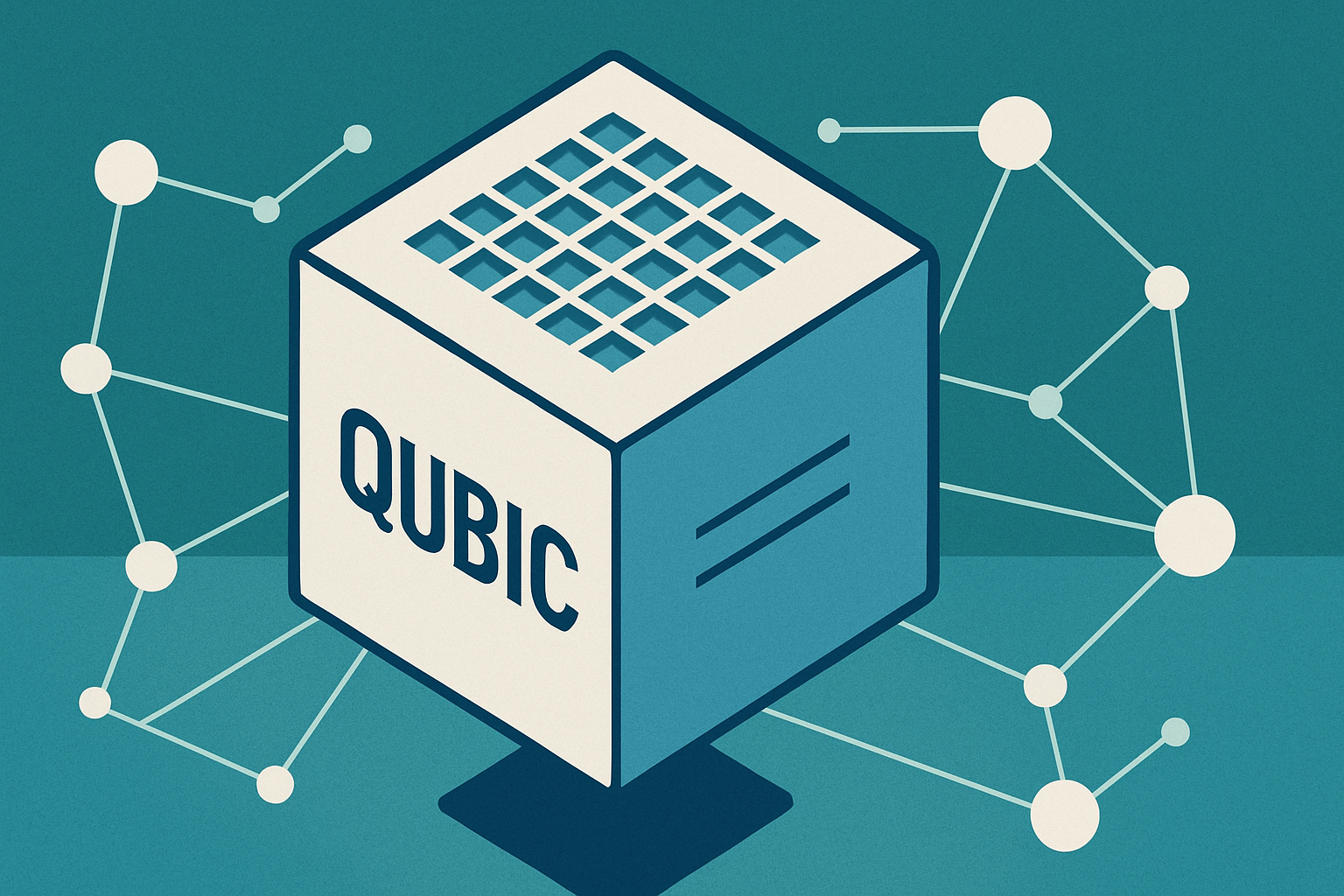Imagine a world where you can send money across the globe with just a few taps on your phone, buy a cup of coffee without carrying cash or cards, or own a unique piece of digital art—all without a bank in the middle. This world is already here, thanks to cryptocurrencies. Cryptocurrency is a form of digital money secured by encryption (hence “crypto”) and powered by blockchain technology. For beginners, it may sound complicated, but don’t worry. In this guide, you will discover seven practical ways people use cryptocurrency today. We’ll explain each use in simple terms, share real-life examples, and give you confidence to explore the crypto economy further.
Digital Payments and Everyday Purchases
First, think of cryptocurrency as another way to pay for things. Just as you might swipe a credit card online or tap your phone at a store, you can use Bitcoin or other coins to pay merchants. Because crypto runs on decentralized networks instead of traditional banks, payments can be fast, borderless, and often cheaper, especially for cross-border transactions. Hundreds of millions now use crypto to buy goods and services at www2.deloitte.com.
Businesses are noticing this trend too. One survey found 64% of retailers believed their customers were interested in using crypto for payments www2.deloitte.com. Major companies have started to accept cryptocurrency either directly or through payment apps. For example, Microsoft allows crypto top-ups for its online services b2binpay.com. Coffee chains like Starbucks let you load crypto into a digital wallet (the Bakkt or SPEDN app) and pay for drinks with a QR code qz.comqz.com. Even AT&T customers can pay their phone bills with Bitcoin via BitPay qz.com.
These payment options work mostly behind the scenes. For instance, if you buy something from a shop that accepts Bitcoin, a payment processor instantly converts your Bitcoin to dollars for the merchant. This means you use crypto, but the business still gets paid in regular currency without dealing with volatility. In everyday life, this means you could book a flight, order electronics, or buy gift cards with crypto. For beginners, just know that using crypto for purchases is getting easier, thanks to more apps and websites supporting it.
-
Key benefits: Crypto payments are often faster than bank transfers (minutes instead of days) and can have lower fees, especially internationally fiatrepublic.com. There are no middlemen like banks cutting in, and anyone with internet can send or receive payments. That means you could pay a family member overseas or shop online globally without needing a local bank account.
Investment, Trading, and “Digital Gold”
Besides spending it, many people use cryptocurrency as an investment. Think of some coins, especially Bitcoin, as “digital gold.” Like gold or stocks, some investors buy crypto hoping it will hold value or increase over time. Bitcoin has a limited supply (only 21 million will ever exist) and isn’t controlled by any government, so people often view it as a hedge against inflation and currency devaluation osl.com. For example, when some investors worry about rising prices, they might buy Bitcoin hoping it will protect their purchasing power, similar to how they might buy gold osl.com.
If you’re looking to earn money from crypto, you can also trade it. Day traders buy and sell on cryptocurrency exchanges, trying to profit from price swings. Trading crypto is similar to stock trading: you analyze charts, follow news, and place buy/sell orders. Experts like Andrew Aziz (author of How to Day Trade for a Living) emphasize the importance of learning and managing risk. For instance, many traders follow a “1% rule” – they never risk more than 1% of their total funds on a single trade. This protects your money in case the market moves the other way. If you’re curious, start with small amounts and practice trading on a demo account before using real funds.
-
Digital Gold Story: Just like an investor might put money into gold bars or real estate, you can allocate a portion of your savings to cryptocurrency as a long-term “store of value.” Over the years, Bitcoin’s price has risen and fallen dramatically, but its overall trend has been upward (from a few dollars to tens of thousands per coin). That volatility can mean big gains, but also big losses – so never invest more than you can afford to lose.
-
Trading Basics: You can trade many cryptocurrencies (not just Bitcoin) 24/7 on online exchanges. Some popular trading assets include Ethereum, Binance Coin, and stablecoins (coins pegged to the dollar, like USDC). Beginner guides suggest learning technical analysis (reading price charts) and using stop-loss orders (automatic sell orders to limit loss). Crypto trading is risky, but with study and discipline, it can be an exciting way to engage in the digital economy.
Low-Cost Remittances and Money Transfers
Another powerful use of cryptocurrency is sending money across borders (remittances). Traditionally, sending $200 to a family in another country might cost 6–12% in fees and take days to arrivefiatrepublic.comcryptoforinnovation.org. Crypto can make this process much faster and cheaper. Here’s how it works: you buy crypto (like Bitcoin or a stablecoin) in your country, send it to the recipient’s crypto wallet, and they swap it back to their local currency using a crypto exchange or service. This cuts out many middlemen (banks, money transfer services), so fees are often just a few dollars or a small percentage.
For example, Bitso – a crypto platform in Mexico – processed $3.3 billion in US-to-Mexico remittances with fees under 1% cryptoforinnovation.org. In some African markets, BitPesa lets people send money with fees as low as 1–3% cryptoforinnovation.org. Compare that to some countries where normal remittance fees can be as high as 20% cryptoforinnovation.org. These savings add up and mean more money reaches families in need.
Remittance steps:
-
Buy crypto. Use an app or exchange in your country to buy Bitcoin or a stablecoin with your local money.
-
Send crypto. Transfer the crypto to your relative’s wallet address (this usually takes minutes).
-
Cash out. The recipient sells the crypto to get local currency and withdraws it as cash or to a bank account.
Because crypto only needs internet access and a wallet, many unbanked or underbanked people can send/receive money without traditional banks fiatrepublic.com. Mobile phone penetration is high worldwide, so even in places with few banks, people can use crypto. For instance, migrants from Venezuela and elsewhere are already using crypto for remittances, sometimes out of necessity during economic crises. Organizations like the UN have even piloted using stablecoins (digital dollars) to distribute aid in places with disrupted banking fiatrepublic.com.
-
Real-world examples: The UN Refugee Agency launched a blockchain payment system using USDC to help displaced families. Companies like BitPesa in Africa and others blend traditional and crypto payments for relief efforts cryptoforinnovation.org. These examples show that crypto can be a lifeline for families, ensuring fast support when every dollar counts.
Smart Contracts and DeFi (Decentralized Finance)
Cryptocurrencies aren’t just money – many are programmable. Smart contracts are pieces of code stored on a blockchain that automatically execute when certain conditions are met. Imagine a digital vending machine: you send a coin (crypto) and the machine (smart contract) automatically releases a soda (digital asset or money) without needing a cashier. Smart contracts make Decentralized Finance (DeFi) possible. DeFi is like traditional banking (loans, savings, trading), but without banks or brokers – just automated code on the blockchain that anyone can use.
With DeFi, you have unprecedented access to financial services:
-
Decentralized Exchanges (DEXs):
You can trade one crypto for another directly with other people, without a centralized platform. DEXs like Uniswap let you swap tokens instantly.
-
Lending and Borrowing:
Platforms like Aave or Compound let you lend out your crypto to earn interest, or borrow crypto by providing other assets as collateral. This happens through smart contracts that enforce the loan terms.
-
Yield Farming:
By providing liquidity (depositing crypto into a pool), you can earn rewards. For instance, if you supply Bitcoin and ETH to a pool, you might earn extra tokens over time. This was popularized as “farming” yields.
-
Stablecoins:
Cryptocurrencies like USDC or DAI are pegged to the US dollar. They combine crypto’s speed with the stability of dollars, making them useful for savings accounts that yield a bit of interest in DeFi platforms.
-
Insurance and Prediction Markets:
New DeFi projects even offer coverage for hacks or let you bet on events (like sports or weather) in a decentralized way.
These services are open to anyone in the world with a crypto wallet. There are no approval forms or credit checks. You just connect your wallet to a DeFi website and start using the features. The platforms use cryptography and transparent ledgers, so all transactions are secure and publicly auditable. As one guide explains, DeFi lets users “maintain control over their assets” and often enjoy faster and cheaper transactions osl.comosl.com.
“DeFi applications can be accessed globally. Users maintain control over their assets… [and] it allows for innovative financial products that were previously unavailable” osl.com.
Example for beginners: Suppose you have some Ethereum. Instead of leaving it idle, you could lend it on a DeFi site. The smart contract automatically pays you interest in the form of more Ether (or other tokens) over time. When you want your ETH back, the contract unlocks it and returns it to you. You earn interest without a bank or paperwork – just code that you can review on the blockchain. This kind of DeFi service is an exciting frontier and shows how cryptocurrency can reshape finance.
NFTs and Digital Ownership
Now for something really new: NFTs (Non-Fungible Tokens). Unlike Bitcoin or dollar-pegged coins (which are all identical), NFTs are unique tokens that represent ownership of a specific item. Think of an NFT like a digital deed or certificate. It could represent a piece of digital art, a music track, a collectible card, a tweet, or even virtual land. Once you own the NFT, it’s recorded on the blockchain, proving you’re the official owner.
Here are some beginner-friendly points about NFTs:
-
Unique and Non-interchangeable: Each NFT is one-of-a-kind or part of a limited edition. You couldn’t just swap one NFT for another as if they were the same; they have different identities.
-
Ownership Certificate: An NFT serves as proof that you own a particular digital item. This is similar to owning an autograph or painting – it has provenance on the blockchain.
-
Digital Art and Collectibles: The most famous NFTs are digital artworks. For example, artist Beeple sold an NFT of his digital collage for $69 million at Christie’s auction house. Now anyone can buy and own original digital art pieces.
-
In-Game Assets: NFTs enable true ownership of in-game items. If you buy a special sword or character skin as an NFT, you own it outside of any single game platform. You could even sell or trade it on other marketplaces.
-
Other Uses: They can represent tickets (eliminate fraud), virtual real estate in metaverses, or any unique online item. Even real-world property deeds could be tokenized as NFTs in the future.
For example, if you create digital art, you can mint (create) an NFT on a platform like OpenSea or Rarible and sell it. The buyer receives a token that certifies they own the original. As Brave Browser’s guide puts it, “NFTs allow people to tokenize (or ‘mint’) things like digital artwork and collectibles” and act as a “certificate of authenticity and a deed of ownership,” brave.com.
Many NFT markets also pay artists a royalty every time the NFT is resold, so creators can benefit even after the first sale. For beginners, exploring NFTs is an adventurous way to participate in crypto – you can collect images, support creators, or even create your digital items.
Privacy and Censorship Resistance
One of crypto’s core promises is financial freedom and privacy. Because cryptocurrencies run on decentralized networks (many independent computers around the world), no single government or company controls them. This makes them naturally censorship-resistant: transactions cannot easily be blocked or reversed by a central authority libertystreeteconomics.newyorkfed.org.
Imagine you live in a country where banks limit how much money you can send abroad, or where the government monitors your spending. With crypto, you can bypass those controls. Your transaction goes through the blockchain network, which nobody owns, so it’s extremely hard for anyone to censor or stop it. As the New York Fed notes, “Public permissionless blockchains are designed to be censorship resistant, meaning access to the blockchain is unhampered” libertystreeteconomics.newyorkfed.org.
Privacy is another factor. Bitcoin transactions are pseudonymous: they are public (viewable by anyone on the blockchain), but addresses aren’t tied to your real identity by default. However, if you want complete privacy, some cryptocurrencies are built for that. For example, Monero is specifically designed so that every transaction is confidential and untraceable. Its users’ sending and receiving addresses and amounts are hidden getmonero.org. This makes Monero transactions truly private by default. On its site, Monero proudly calls itself the leading crypto for “private and censorship-resistant transactions,” getmonero.org.
-
Resisting Censorship: In practice, this means people in restrictive countries or activists under authoritarian regimes can move money or value without fear of seizure. For instance, journalists or protestors might receive donations via crypto to avoid local banking blocks.
-
Privacy Coins: Beyond Monero, there are coins like Zcash and others that also protect user privacy in different ways. If privacy is a concern, these options exist (though newcomers should read up on how to use them safely).
In short, crypto gives you the ability to control your money. No middleman can freeze your account or censor a payment (unless you give away your private keys!). This freedom has huge appeal for digital rights advocates. It’s also an emerging use case: people around the world use crypto to escape censorship or to protect wealth from unstable governments.
Emerging Global Adoption in Business and E-commerce
Cryptocurrency is becoming more mainstream every year. Many big businesses and online platforms now accept crypto payments or are integrating blockchain in their services. This is not science fiction – it’s happening right now.
-
Retail and E-commerce: Numerous online retailers let you pay with crypto. For example, travel sites like Expedia have accepted Bitcoin for bookings, and e-commerce platforms like Shopify allow merchants to enable crypto payments. Even luxury stores and service providers in cities like Paris (e.g. Printemps) now take Bitcoin internationalaccountingbulletin.com. A recent report found that in retail and e-commerce, crypto is most accepted, with dozens of companies in clothing, tech, and lifestyle allowing crypto payments internationalaccountingbulletin.com.
-
Major Corporations: As noted, Microsoft accepts Bitcoin for certain accounts b2binpay.com. Phone and internet services like AT&T let you pay bills with crypto qz.com. Large retailers like Home Depot began accepting Bitcoin in 2019 (using services like Flexa) so contractors can buy tools with crypto qz.com. Streaming service Twitch allows subscriptions using Bitcoin, Ethereum, and other cryptos b2binpay.com. Even automakers: Tesla accepts Dogecoin for some merch items b2binpay.com, and some car dealers let you buy vehicles with crypto. These examples show you can use cryptocurrency for everyday products and services in many parts of the world.
-
Payment Networks and Cards: If you’re not sure where to spend crypto directly, notice that credit card companies are making it easier. Mastercard, for instance, announced in 2025 that people can link their crypto wallets and spend stablecoins at any of its 150+ million merchants globally mastercard.com. Visa similarly offers crypto-linked cards. Essentially, this means you could convert crypto to use anywhere Visa or Mastercard are accepted, blurring the line between crypto and regular money.
-
Small Businesses: Beyond big brands, countless small shops and online businesses now welcome crypto. As a consumer, you may see crypto logos (Bitcoin, Ethereum, etc.) at checkout. There are also crypto gift cards: you can buy a gift card with crypto and use it on a popular site like Amazon. This opens up crypto spending to thousands of stores that don’t directly accept crypto.
Global Impact: According to industry research, billions of dollars in crypto change hands internationally, and new companies (from fintech startups to global banks) are building crypto-friendly products. Some countries are even exploring digital currencies of their own. While many people still think of crypto as a niche, its use in e-commerce and payments is growing. Early adopters of all ages and backgrounds are experimenting – you could be among them!
Your Next Steps in the Crypto Economy
You’ve seen how versatile cryptocurrency can be: a payment method, an investment, a remittance tool, a platform for new finance apps, a ticket to digital art, and a guard against censorship. For a beginner, this might seem like a lot, but take it one step at a time. You don’t have to understand every detail today. A practical first step is to get a small amount of a popular crypto (like Bitcoin or Ether) through a reputable exchange or app, just to try sending it to a friend or converting it on a service. This will demystify the process.
As you explore, remember these tips: only use secure wallets, keep your passwords and keys safe, and never invest more than you can afford to lose. There are many beginner guides and communities (including tutorials on DeFi, NFTs, etc.) to help you learn.
The key message is confidence: the crypto economy is expanding, and understanding it can give you more financial options. Even giants like Amazon haven’t fully committed to crypto yet, but global trends show that digital currencies will play a role in the future of business and finance. By learning now, you position yourself ahead of the curve. Think of cryptocurrency as one of many tools in the new digital economy toolbox.
In summary, you can use cryptocurrency to pay for things globally, invest or trade for profit, send money cheaply across borders, participate in cutting-edge financial apps, own digital items uniquely, protect your privacy, and shop at modern businesses. Each of these uses comes with its nuances, but the unifying theme is empowerment: cryptocurrency gives you more control over your money and transactions in the digital age.













































